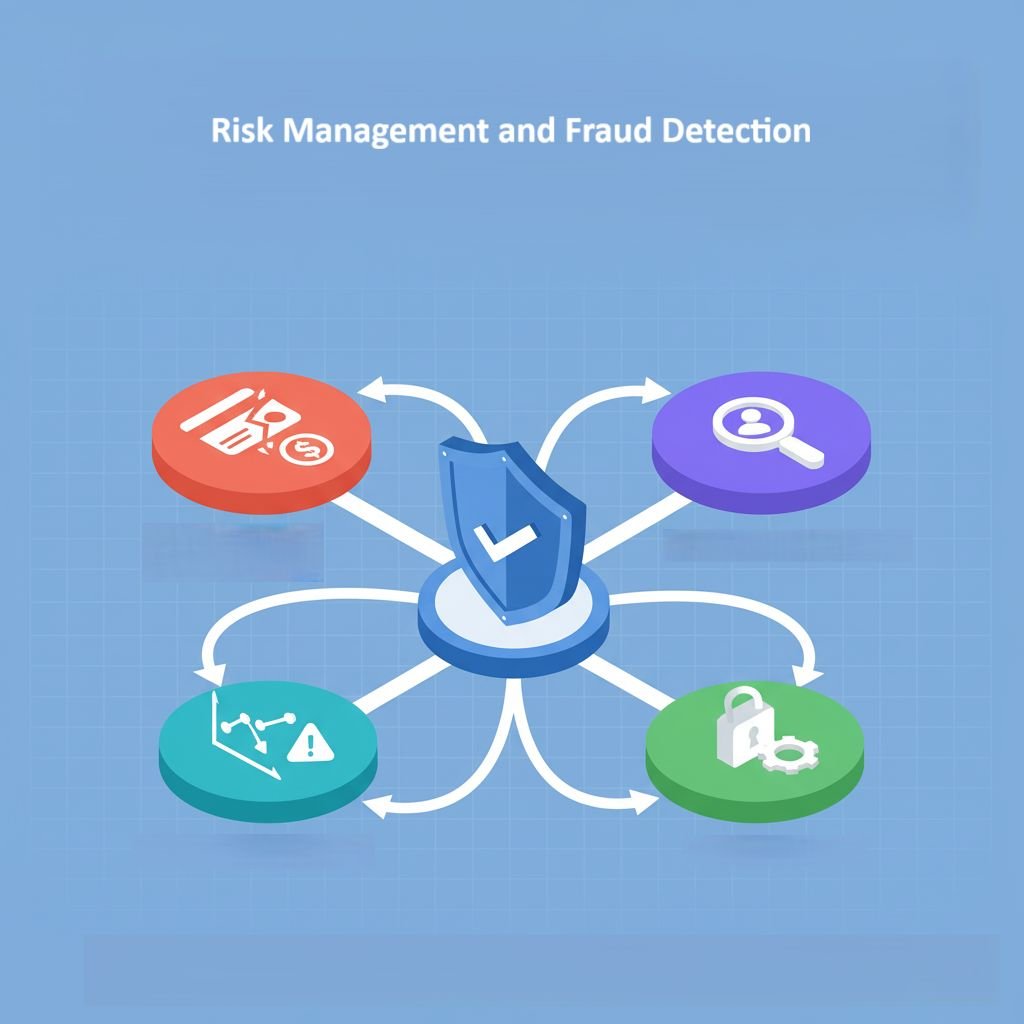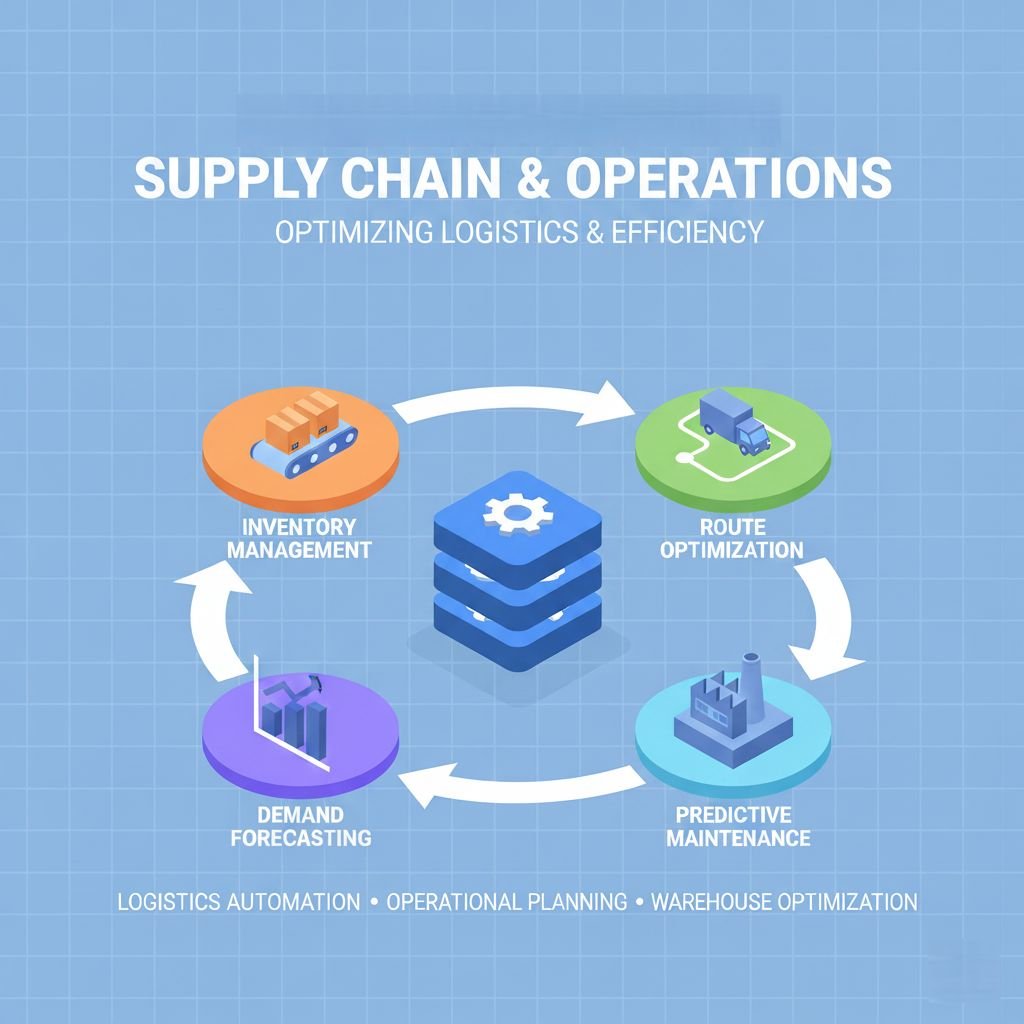Introduction
What if your business could predict customer needs, optimize operations in real-time, and uncover new revenue opportunities—all before your competitors even notice the trend? That’s not science fiction; it’s the power of machine learning in business today.
Machine learning (ML), once confined to academic research and tech giants, has become a mainstream driver of business strategy across industries. From startups using ML to personalize customer experiences, to Fortune 500 firms leveraging predictive analytics for supply chain optimization, the role of machine learning has shifted from “nice-to-have” to critical for competitive survival.
In this post, we’ll explore how machine learning is reshaping modern business strategies, practical use cases, real-world scenarios, and key takeaways for leaders looking to adopt it.
Why Machine Learning Matters for Business Strategy
At its core, business strategy is about making better decisions—whether that’s entering new markets, serving customers more effectively, or managing resources efficiently. Traditional decision-making relied heavily on human intuition and historical data, but this approach is limited in speed, scale, and accuracy.
Machine learning, however, allows companies to:
- Predict future outcomes based on vast datasets.
- Personalize offerings at scale, not just segments.
- Automate repetitive decision-making with higher accuracy.
- Discover hidden patterns that humans might miss.
Think of ML as a “decision amplifier”: it doesn’t replace human judgment but enhances it by providing data-driven insights in real-time.
From Gut-Driven to Data-Driven Strategies
Traditionally, many strategic decisions were made using gut feeling and experience. While experience is valuable, it’s prone to bias. For example:
- A retail executive might assume discounts always drive sales. But ML could reveal that personalized recommendations generate higher long-term loyalty than blanket discounts.
- A supply chain manager might stockpile inventory during peak seasons. But predictive ML models may suggest dynamic restocking based on weather, local events, and online demand trends.
In short: ML replaces guesswork with precision.
Practical Use Cases of Machine Learning in Business
Let’s break down how businesses are using ML to transform strategy across key areas:
1. Customer Experience & Personalization
- E-commerce: Amazon’s recommendation engine generates 35% of its revenue by predicting what customers want before they know it.
- Banking: Fintech apps like Revolut use ML to personalize spending insights and flag unusual transactions.
- Hospitality: Hotels leverage ML to adjust room prices dynamically based on demand and booking patterns.
Relatable scenario: Imagine logging into your favorite food delivery app and it already knows what you’re craving on a Friday evening based on past habits, weather, and local events. That’s ML working in the background.
2. Predictive Analytics for Smarter Decisions
Businesses no longer have to rely solely on past performance; ML enables forecasting future outcomes.
- Healthcare: Predicting patient readmission risks.
- Retail: Anticipating demand spikes before holidays.
- Manufacturing: Detecting potential equipment failure before it disrupts operations.
- Businesses no longer have to rely solely on past performance; ML enables forecasting future outcomes (IBM – What is Predictive Analytics?).
Quick Comparison Table: Traditional Forecasting vs ML Forecasting
| Aspect | Traditional Approach | Machine Learning Approach |
|---|---|---|
| Data Size Handling | Limited | Scales to millions of records |
| Accuracy | Moderate | High, improves over time |
| Adaptability | Slow to adjust | Real-time updates |
| Strategic Value | Reactive | Proactive & predictive |
3. Marketing Optimization
Marketing budgets are often wasted on broad campaigns. ML helps businesses target more effectively:
- Ad Spend Optimization: Platforms like Google Ads use ML to allocate budget where ROI is highest.
- Content Personalization: Netflix tailors thumbnails and recommendations to maximize engagement.
- Customer Churn Prediction: SaaS companies detect signals when a customer may cancel and proactively offer incentives.
- Platforms like Google Ads use ML to allocate budget where ROI is highest (Google – Smart Bidding Overview).
For startups, this means even with limited budgets, you can compete with larger players by being smarter, not louder.
4. Risk Management & Fraud Detection
One of the earliest uses of ML in business was fraud detection, and it continues to evolve.

- Banking: Credit card companies analyze billions of transactions in real time to detect suspicious activity.
- Insurance: ML models assess claims for anomalies, reducing fraud losses.
- Cybersecurity: ML-driven anomaly detection identifies unusual patterns in network traffic.
Example: PayPal credits its fraud-detection ML models for saving billions annually.
5. Supply Chain & Operations
Global disruptions like the COVID-19 pandemic proved how fragile supply chains can be. Machine learning is helping organizations adapt faster:

- Logistics: UPS uses ML to optimize delivery routes, saving millions of gallons of fuel each year.
- Retail: Walmart applies ML to adjust inventory across stores in near real-time.
- Manufacturing: Predictive maintenance reduces downtime, improving productivity.
- Machine learning will transform supply chain management—helping businesses make smarter decisions about inventory, routing, and resilience
In operations, even a 1% improvement can translate to millions saved annually—a compelling case for ML adoption.
Barriers Businesses Face (and How to Overcome Them)
While the promise of ML is enormous, businesses often hit roadblocks:
- Data Silos: Data scattered across departments reduces ML effectiveness.
- Solution: Build centralized data lakes and encourage cross-team collaboration.
- Talent Shortage: Skilled ML professionals are in high demand.
- Solution: Invest in upskilling existing staff and leverage no-code ML platforms.
- Implementation Costs: Smaller businesses fear high upfront investments.
- Solution: Start with SaaS-based ML tools (e.g., Salesforce Einstein, Azure ML) for scalability.
- Change Resistance: Employees may distrust ML-driven recommendations.
- Solution: Create a “human + machine” decision-making framework to build trust.
Future Outlook: Where ML Is Headed in Business
Machine learning is not static—it’s evolving rapidly. Some trends shaping the future of business strategy include:
- Generative AI for Creativity: Beyond analytics, ML is now creating product designs, marketing copy, and customer chat responses.
- Real-Time Personalization: Businesses will shift from segment-level personalization to “segment of one” strategies.
- Sustainability Optimization: ML will guide eco-friendly logistics, energy consumption, and supply chain practices.
- Democratization of ML: With no-code and low-code ML platforms, even non-technical business leaders can integrate ML into their strategy.
- Leading companies are already integrating generative AI, predictive models, and ML-based automation in their systems (Google Cloud).
Key Takeaways
- Machine learning in business is no longer optional—it’s a strategic necessity.
- It enhances decision-making, drives personalization, improves efficiency, and reduces risks.
- Practical applications span customer experience, operations, marketing, and risk management.
- Businesses must overcome barriers like data silos, costs, and cultural resistance to unlock full potential.
Conclusion
The age of intuition-driven business strategies is fading. In its place, machine learning is driving a new era of evidence-based, predictive, and personalized decision-making. Companies that embrace ML will not only stay competitive but also set the pace for innovation in their industries.
Whether you’re running a small e-commerce store or leading a global enterprise, the question isn’t “Should we adopt machine learning?”—it’s “How quickly can we integrate it into our strategy before competitors leave us behind?”



